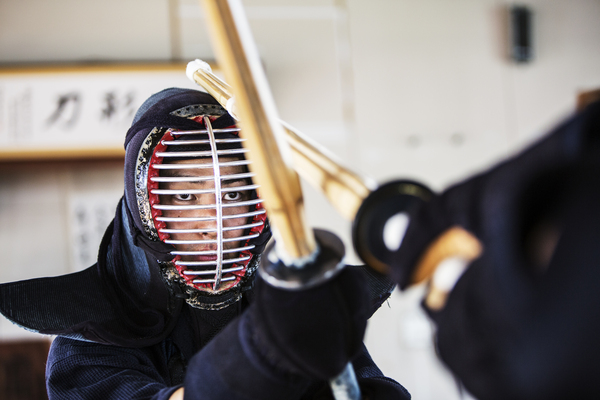Combat disciplines in the Land of the Rising Sun are diverse and fascinating. Its variations are not only applied for personal safety but also teach the student valuable mental skills while exercising. Kalaripayattu (the oldest martial technique on Earth) has its origin in the Indian region and was imported to China together with the Buddhist concept. Monks internalized their style and philosophy there, and then such martial arts came to Japan from China – through the Jujutsu. Many myths surround its exact origins, but one thing is clear: jujutsu laid the foundation for most martial arts.

What is the school of martial arts?
Each martial art has several branches called Ryu. The first jujutsu school was formally founded in 1532 and first taught grasping techniques. Although the name means “gentle art”, jujutsu should not be underestimated: the development of martial art was aimed at the ability to defeat stronger opponents by taking advantage of their attack at the right moment without wasting energy unnecessarily. A warrior should be able to defend himself effectively, even if he’s been disarmed.
Bujutsu is the art and technique of warriors and samurai from Japan who have ruled the country for eight centuries since 1185. While Bujutsu taught techniques of survival and killing, today’s “Way of War” had to modify some of them to allow for fair competition.
Are there any forbidden techniques?
During the Meiji Restoration in 1868, Japan went through many changes. The new emperor ordered martial arts to be banned as the country modernized and samurai were abolished. However, the masters could not be stopped and henceforth trained and taught in secret or abroad until the Meiji era was replaced by the Taisho era with the emperor’s demise in 1912.
Nowadays, there are no restrictions – with the proviso that its practice does not end in injury or even death. Some “prohibited” attacks are therefore banned from the usage at tournaments because they can seriously harm competitors. Thus, Japanese branches of fighting disciplines are used mostly for personal safety and mental training.
What is Japanese Kendo?
Kendo is traditional Japanese fencing with bamboo swords. In the second half of the nineteenth century, the Meiji Restoration began in Japan, and even the most recent ronin understood: a revolver is a strength, a katana is a grave. The sword slowly began to lose ground. In those years, the Society of Martial Virtues of Greater Japan was engaged in popularizing the sword that had become unfashionable in those years, which sought to preserve “kenjutsu” – the art of wielding a sword. It was this organization that in 1920 united different schools, courses, and circles “wield a sword like a samurai” under the single name “kendo” (“the way of the sword”). And the further, the more patriotic youth came to learn how to wield a two-handed sword.

